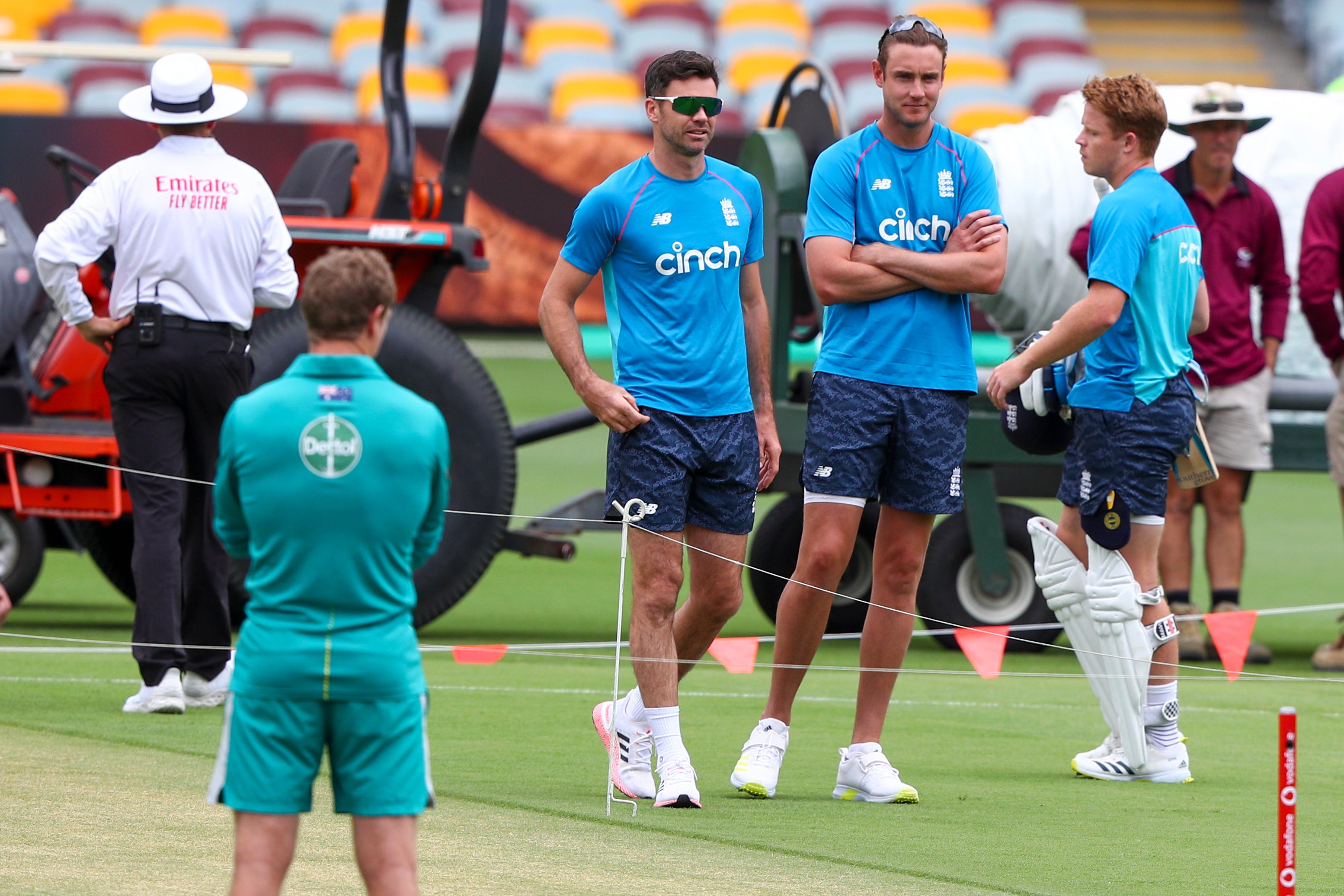England pin hopes on lively pink ball in Adelaide to get Ashes back on track
The familiar feeling of a heavy defeat at The Gabba has left the tourists 1-0 down after the series opener

Your support helps us to tell the story
From reproductive rights to climate change to Big Tech, The Independent is on the ground when the story is developing. Whether it's investigating the financials of Elon Musk's pro-Trump PAC or producing our latest documentary, 'The A Word', which shines a light on the American women fighting for reproductive rights, we know how important it is to parse out the facts from the messaging.
At such a critical moment in US history, we need reporters on the ground. Your donation allows us to keep sending journalists to speak to both sides of the story.
The Independent is trusted by Americans across the entire political spectrum. And unlike many other quality news outlets, we choose not to lock Americans out of our reporting and analysis with paywalls. We believe quality journalism should be available to everyone, paid for by those who can afford it.
Your support makes all the difference.England are pinning their Ashes hopes on Kookaburra’s lively pink ball in Adelaide but will need to upset Australia’s flawless record in day/night Tests to get back on track.
The familiar feeling of a heavy defeat at The Gabba has left the tourists 1-0 down after the series opener and needing to come from behind to win the urn for the first time since 1954/55.
Back then, the idea of floodlit Test cricket was a distant dream but this winter two of the five Ashes matches will take place under night skies for the first time.
Adelaide’s late night clash has become part of the furniture in the Australian calendar but border controls in Perth have led to Hobart winning the right to host a day/nighter to wrap up the series.
England are understood to have been encouraged by the amount of sideways movement offered by the latest batch of pink balls, which James Anderson and Stuart Broad gave a serious workout in the nets after being left out in Brisbane, and conditions tend to favour the bowlers even more during the ‘twilight’ period when artificial light takes over.
An optimistic might believe that an experienced England attack could harness such conditions better than a more typical hard and flat Australian surface, but a quick glance at the statistics suggests Joe Root’s side have another vertiginous task on their hands.

By far the most enthusiastic adopters of the format, Australia have been involved in eight of the 16 pink ball Tests and boast an iron-clad 100 per cent record.
Since inaugurating the concept in 2015, the Baggy Greens have beaten New Zealand and Pakistan twice each as well as South Africa, England, Sri Lanka and India once apiece.
England, meanwhile, began with a positive result over the West Indies at a chilly Edgbaston in 2017, but have lost each of their next three attempts overseas by comprehensive margins.
There was a 120-run defeat at the Adelaide Oval four years ago – the same ground they are now hoping to pull things around at – followed by an innings defeat to New Zealand in Auckland and India’s spin-dominated rout by Ahmedabad earlier this year.
Australia’s track record means they also boast the finest records in the short history of pink ball cricket.
For all Anderson and Broad might hope to get the Kookaburra hooping, it is Mitchell Starc who boasts the most fierce record around, with 46 wickets at 18.86.
Home captain Pat Cummins has played just five of his country’s eight games but is just as lethal, with 26 wickets at 16.23.
Anderson’s record stands up proudly after four outings, with 14 scalps at 19.28, while Broad has 10 at 27.30.
Perhaps worryingly, Mark Wood and Ollie Robinson have never played a day/night Test and Chris Woakes’ five wickets have come at 45.40.

The tale of the batting tape is similar, with David Warner (596), Steve Smith (502) and Marnus Labuschagne (489) taking the top three spots in the run-scorer’s charts. Labuschagne’s pedigree is particularly concerning, with an eye-watering average of 81.50 from just six innings.
The good news for England is that their top-ranked batter in floodlit Tests has fine average of 60.60, but that is tempered by his identity: the retired Sir Alastair Cook.
The next best is the skipper, with Root making 299 at 42.71, while three of the likely top seven – Rory Burns, Haseeb Hameed and Jos Buttler – will be stepping to unknown territory having missed the previous games.
Join our commenting forum
Join thought-provoking conversations, follow other Independent readers and see their replies
Comments